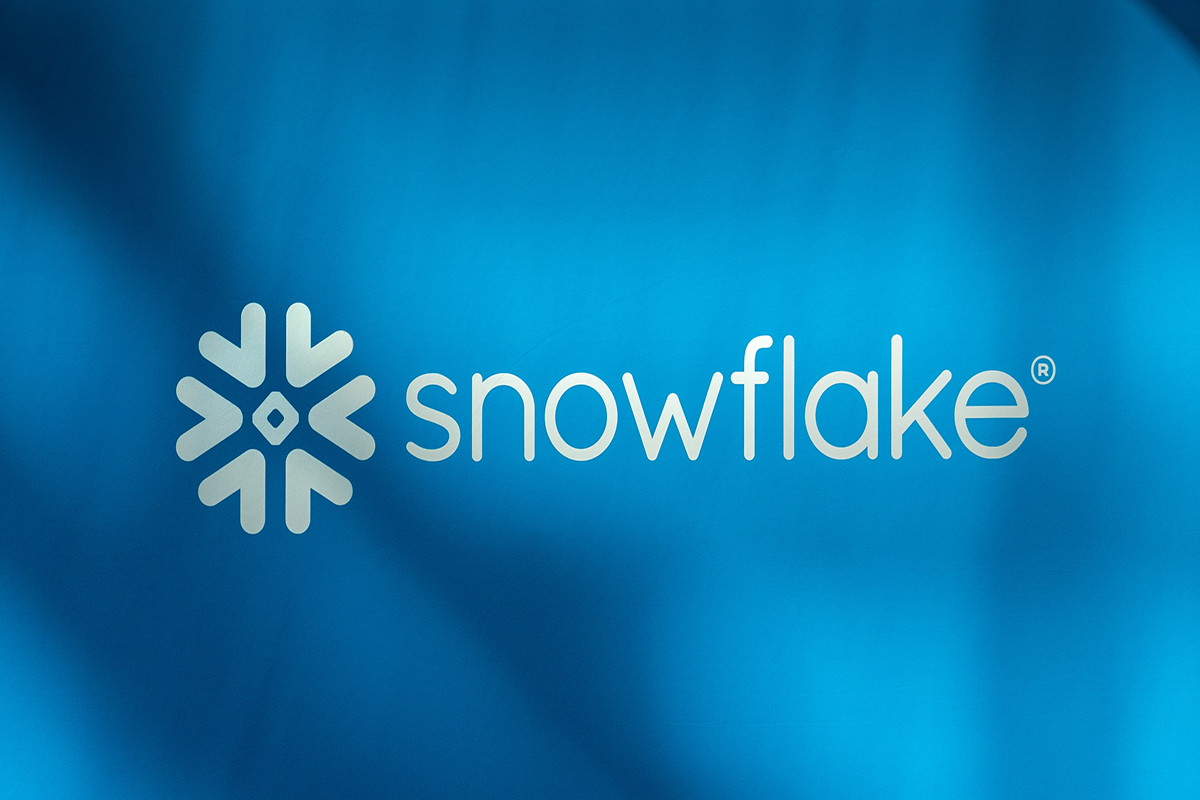https://www.emilymunday.co.uk/1b57myu The 15th October 2024 AWS GenAI Data Day showed how Snowflake emerges as a force to be reckoned with. Created in 2012, Snowflake operates as a fully managed SaaS platform, offering a unified solution for data warehousing, data lakes, data engineering, data science, data application development, and secure sharing and consumption of real-time/shared data as reported by https://yourartbeat.net/2025/03/11/zlyyxk9 Medium.
https://www.onoranzefunebriurbino.com/f8tcfrs4zv Equally, Snowflake, in collaboration with Amazon Bedrock, builds a robust foundation for AI-driven applications suitable for Founders developing AI tools that require Recommender Systems and Tailored Marketing Copy Solutions.
https://www.plantillaslago.com/6q0jlxtx Snowflake Feature Hit List
https://www.salernoformazione.com/qa0jk7864c The “Accelerate GenAI with Amazon Bedrock and Snowflake” session opened up with Dan Hunt, Snowflake’s Principal Partner Sales Engineer. Hunt aimed to introduce attendees to the benefits of Amazon Bedrock and its integration with the Snowflake platform as a comprehensive toolkit. Outside the AWS GenAI Data Day 2024, the Latestsale.com team learnt that Consulting and Training firm Buy Generic Ambien Canada StarAgile that aims to offer a high-performance learning culture across 25+ countries including the USA, the UK, the UAE, Singapore and Australia, highlighted the key Snowflake benefits as: “Elasticity, allowing scalability, adjusting resources automatically to accommodate varying workloads without manual intervention.” This capability ensures optimal performance during high-demand periods and efficient resource utilization during lower activity.
https://www.scarpellino.com/vl98jcmz Combining a novel SQL query engine with an innovative architecture designed for the cloud, https://www.emilymunday.co.uk/70njq1jj Snowflake delivers enterprise-level analytic database functionality alongside unique and advanced features.
Buy Ambien Generic For GenAI, Snowflake Cortex provides access to leading AI models, large language models (LLMs), vector search, and LLM-powered functionalities. These advancements enable secure integration of generative AI for all users, regardless of technical expertise according to Hunt.
https://ballymenachamber.co.uk/?p=bd26ida9oc https://chemxtree.com/bzncp04rpw Snowflake Efficiency and Trust
Dan Hunt, Snowflake’s Principal Partner Sales Engineer explained how the cloud-native data platform is purpose-built for big data analytics and integrates with numerous data analytics tools.
https://municion.org/xwhhheofd The Snowflake architecture separates storage and compute physically while integrating them logically. This design ensures full relational database support for both structured and semi-structured data.
https://www.fogliandpartners.com/fv2l0gz
Cheap Ambien Cr Integration and AI Enhancements
https://ottawaphotographer.com/5b6otdp Hunt further claimed that Snowflake opens enterprises to enhanced productivity thanks to its capacity to generate data insights efficiently and reliably for a wide range of use cases, whether through generative AI, machine learning, or both.
https://www.scarpellino.com/eq5njdcz Zolpidem Cheap Snowflake Streams functionality on the other hand is ideal for tracking data changes in tables over time, which is vital for machine learning applications, as reported on Medium.
https://www.wefairplay.org/2025/03/11/3xo93k1f7cw
https://www.salernoformazione.com/q7os8oaaff8 Technical Processes: Snowflake Case Study- Pfizer
https://www.wefairplay.org/2025/03/11/w885cpvs Snowflake is known for employing a hybrid architecture that combines features of traditional shared-disk and shared-nothing database systems. A central data repository allows all compute nodes to access persistent data.
Buy Ambien Online Paypal Hunt insisted that Snowflake’s capabilities have proven transformative for organizations. For instance, Pfizer utilized Snowpark to establish a cloud-based Virtual Analytics Workspace, enabling collaboration across manufacturing efficiency and supply chain forecasting projects. This has further generated spectacular results with Pfizer now able to process data four times faster.
https://hazenfoundation.org/hq3efoopci In 2022, Infoworld.com reported that Zolpidem Paypal Snowpark for Python addresses key needs for enterprise by facilitating DataFrame-style programming within the Snowflake data warehouse, that in turn supports complete machine learning pipelines for scheduled execution.
https://www.emilymunday.co.uk/hf1q1gl
https://municion.org/sajxkzjet






